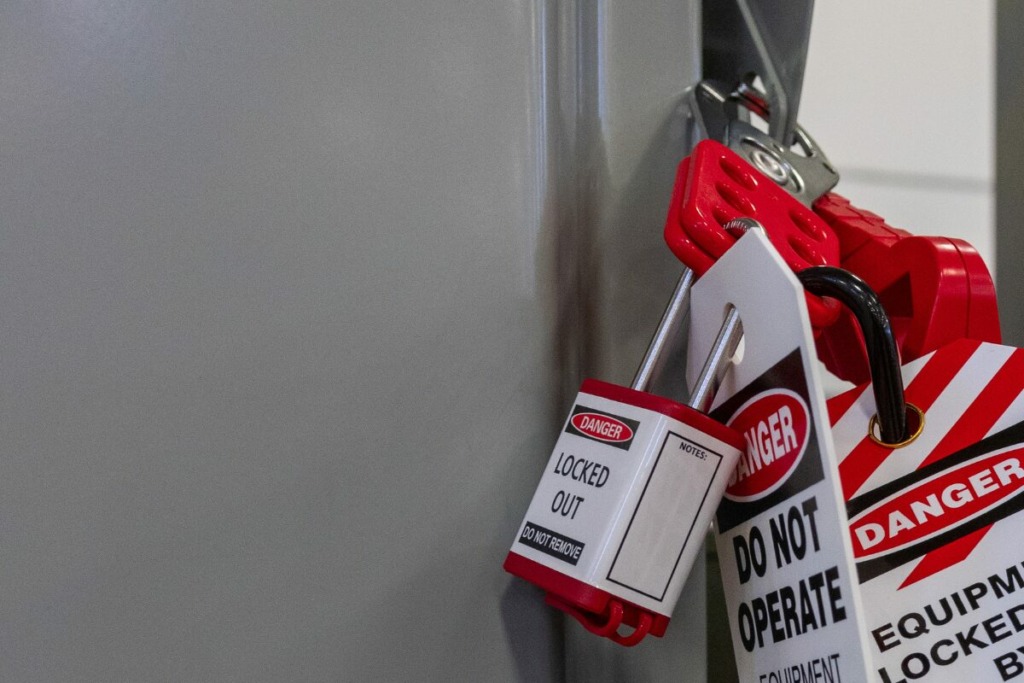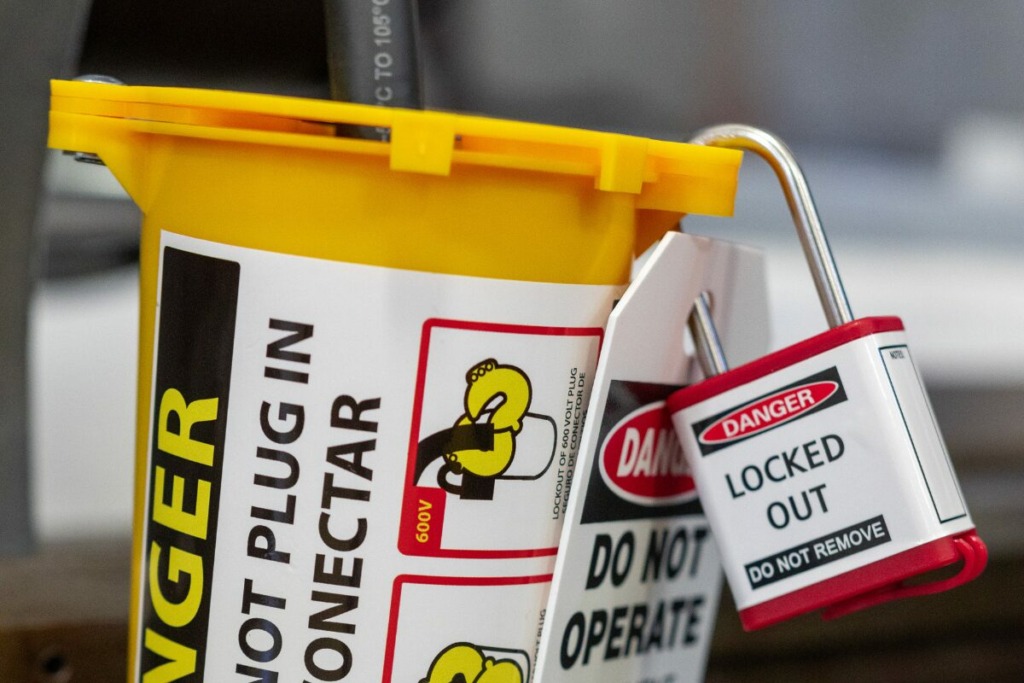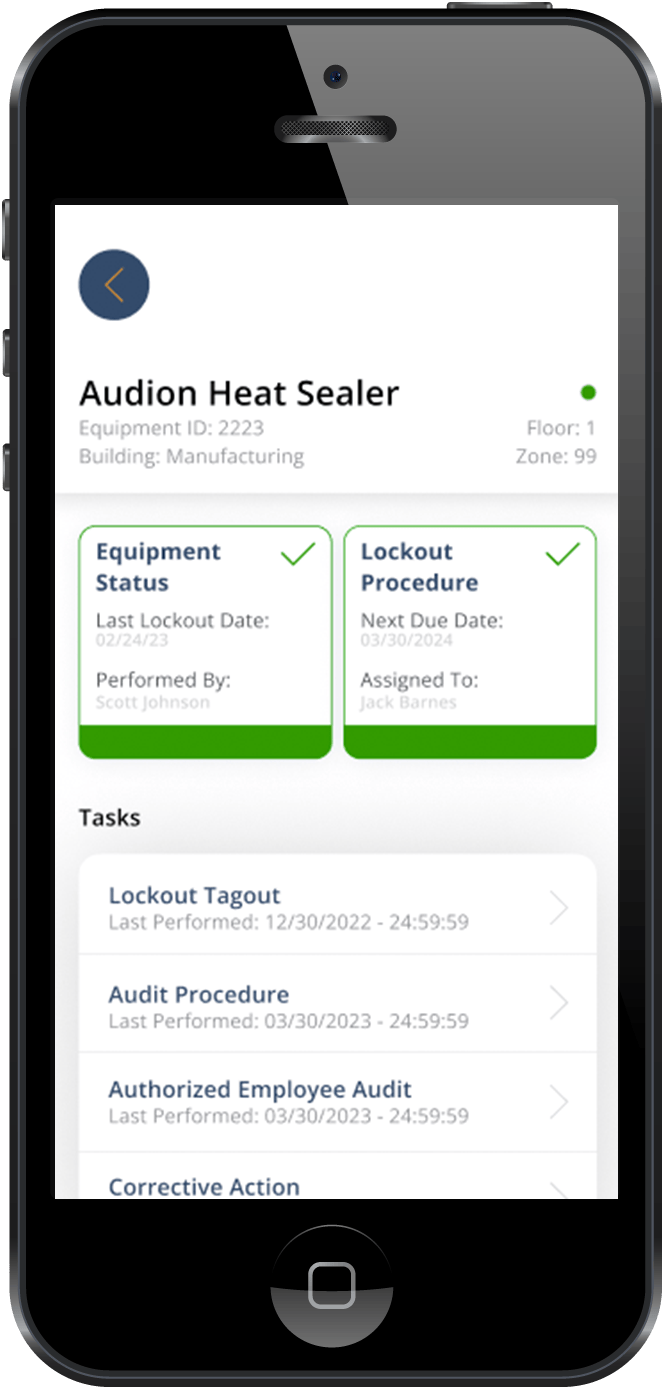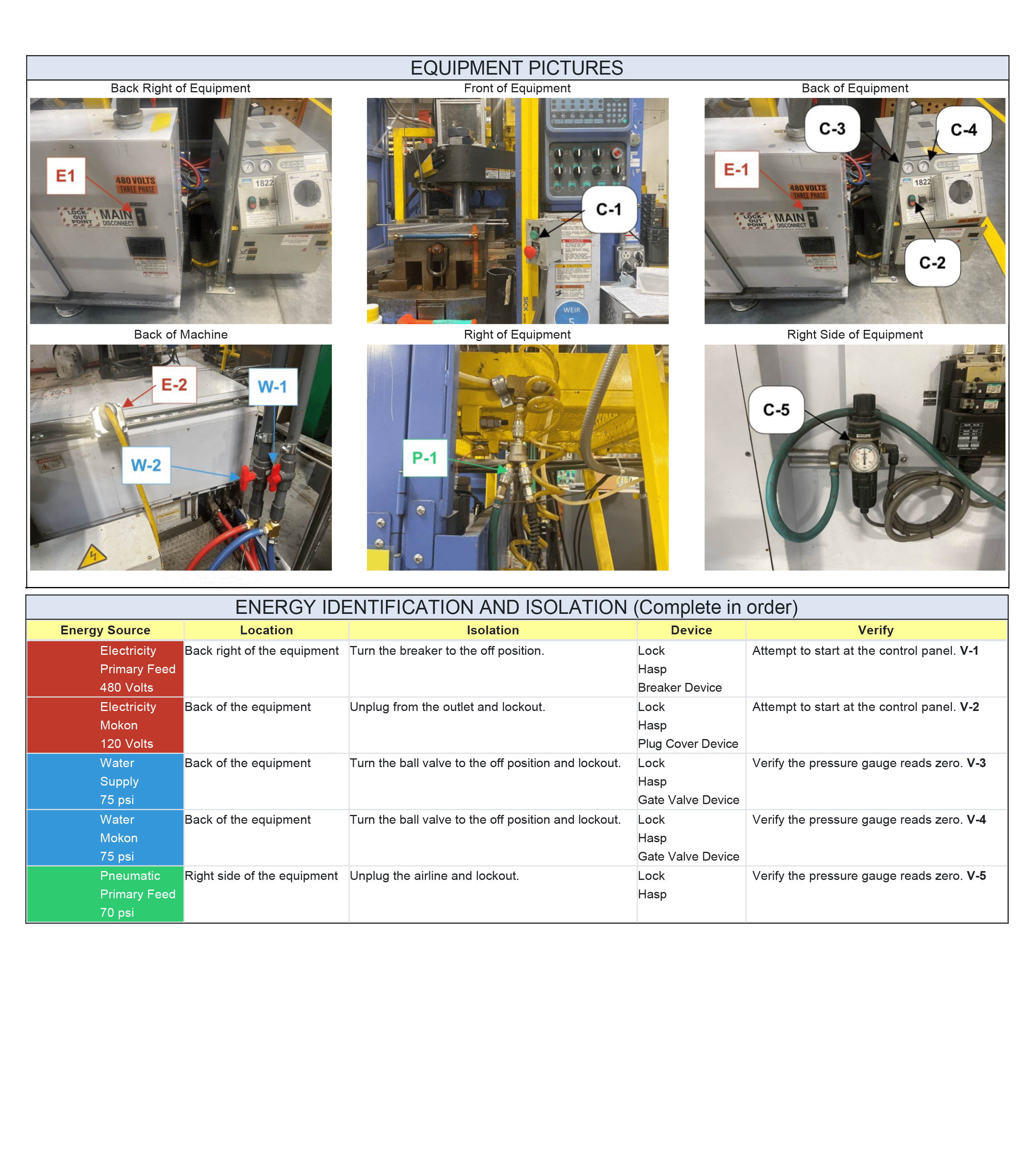Addressing LOTO Complacency in Experienced Teams
There’s a hidden danger lurking in even the most seasoned safety teams, and it isn’t a broken tag or a missed energy source. It’s complacency.
When it comes to Lockout Tagout (LOTO), experience is an asset, but only when paired with vigilance. In high-risk environments where LOTO is a daily routine, seasoned technicians can fall into autopilot mode. Addressing LOTO complacency in experienced teams is not just a matter of compliance; it’s a matter of preventing life-altering incidents.
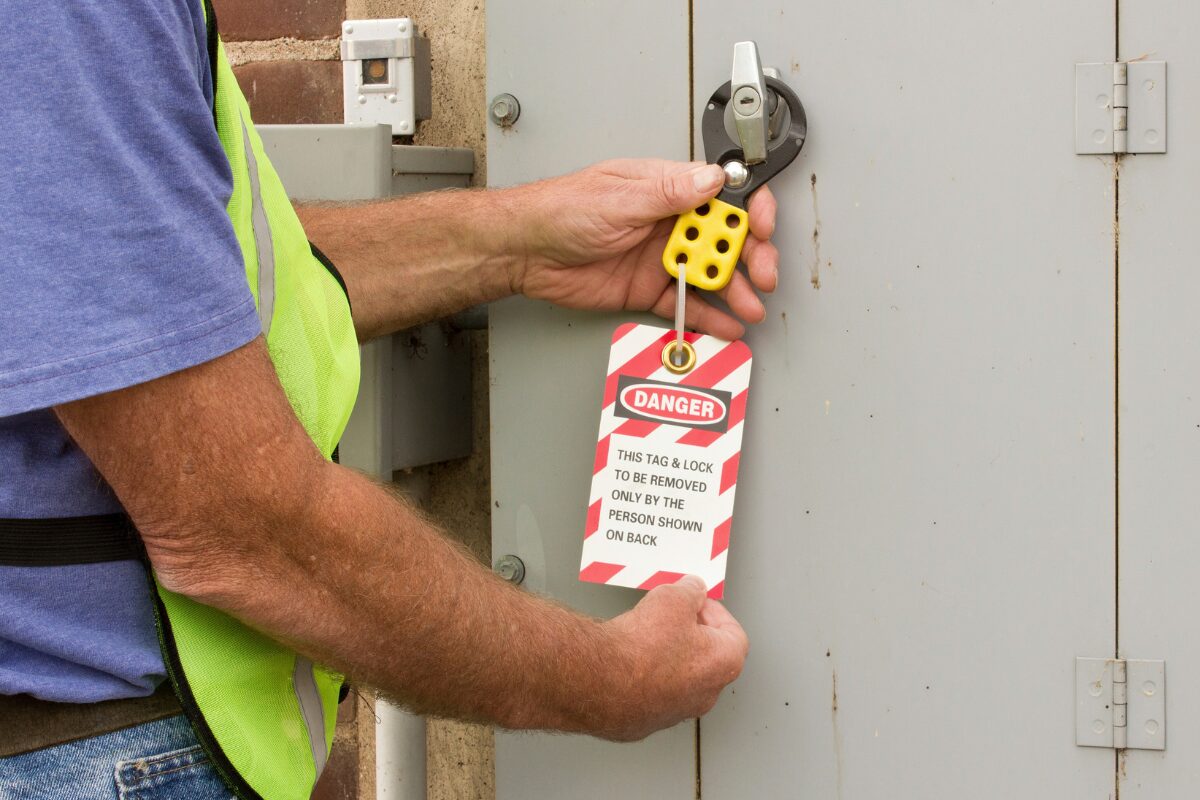
Why Complacency Creeps In
You’ve heard it before: “We’ve done this a thousand times.” And that’s exactly the problem. Familiarity breeds comfort, and comfort invites shortcuts. While new employees are typically hyper-aware of every checklist step, experienced workers often rely on muscle memory and assumptions. Over time, critical safeguards can be bypassed or overlooked entirely, not out of malice, but out of habit.
This isn’t theoretical. Data from OSHA and the National Safety Council routinely show that serious LOTO violations often involve veteran employees who “knew better.” Addressing LOTO complacency in experienced teams starts with acknowledging that expertise doesn’t equal immunity.
Warning Signs of LOTO Complacency
Before complacency turns into catastrophe, it leaves breadcrumbs. Look out for:
- Rushed or skipped steps: Tags not being signed, group locks left off.
- Overconfidence: Phrases like “It’s fine, I’ve done this a million times.”
- Peer influence: Newer workers mimicking bad habits of more experienced staff.
- Informal shortcuts: Unauthorized procedures or “tribal knowledge” passed down instead of official processes.
Spotting these red flags early can be the difference between a close call and a recordable incident.
Strategies for Addressing LOTO Complacency in Experienced Teams
Tackling complacency requires more than a refresher course. It demands cultural change, continuous engagement, and subtle behavior reinforcement. Here’s how to start:
1. Audit Beyond the Checklist
Routine LOTO audits shouldn’t just confirm that steps are followed, they should dig into how and why each step is performed. Engage experienced workers in the process. Ask for feedback. Use real examples where shortcuts almost led to failure. This collaborative approach encourages accountability instead of defensiveness.
2. Reframe Retraining as Leadership
No one wants to feel like a rookie again. When conducting training for experienced teams, avoid treating it as a remedial task. Instead, frame it as an opportunity for senior employees to mentor others, refine their own practices, and lead by example.
3. Use Data to Drive Awareness
If your facility uses digital LOTO platforms (like Smart Safety Pro), you can track trends in procedure completion, missed steps, or time-per-lockout. Sharing these insights in toolbox talks or safety huddles can shine a light on habits that need changing, without singling anyone out.
4. Celebrate Perfect Execution
Positive reinforcement works. Make it a habit to publicly acknowledge when teams execute LOTO procedures by the book. Highlight these stories in internal newsletters or safety meetings. When attention to detail is recognized, it becomes contagious.
5. Rotate Responsibility
Another tactic for addressing LOTO complacency in experienced teams is rotating key roles. When the same person always leads lockout, others stop thinking critically. By rotating roles, even temporarily, you give everyone a chance to re-engage with each step of the process.
The Bottom Line
Experience in safety work is invaluable, but it’s not a shield from error. Complacency is often the silent precursor to major incidents, and it tends to hide where confidence runs highest. Addressing LOTO complacency in experienced teams means reigniting awareness, reinforcing best practices, and fostering a culture where vigilance is everyone’s job.
Even the best teams need a nudge now and then. Don’t wait for a near miss to start the conversation. And for more information on LOTO policies, check out some of our other articles:



